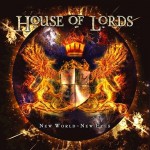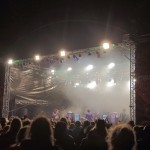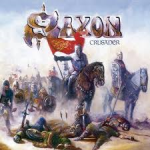Share the post "Feature: GRTR!@20 Anniversary – Metal – Primer"
During the period 2003-2023 metal had morphed into various guises. Brian McGowan tries to keep up with it and surveys the period…
Heavy Metal is a musical phenomenon that continues to gain in strength and popularity, worldwide. It has the self confidence to look back as well as forward.
Here’s Heavy Metal originators, Black Sabbath releasing deluxe reissues of Heaven And Hell, and Mob Rules, originally out in 1980 and 81. And there’s Iron Maiden reissuing The Number Of The Beast from 1982.
No question, these are albums of originality and invention, and the band names are brand names, no doubt, but that said they prove that the art form has the musical architecture to thrill fans, decade after decade.
And here’s another established brand name, Germany’s AFM Records releasing 7 metal albums in one month. A mix of the old and new, UDO (pictured), Dragonland, Borealis, Dead City Ruins, Dynazty and others.
Who said there’s no demand?
And talking about demand, Download (pictured), Hellfest and Bloodstock Festivals all arrived in the early 2000s, joining last century start-ups, Wacken Open Air (Germany), Sweden Rock & Metal Festival and Belgium’s Graspop Metal Festival. All of which are still going strong.
Who said there’s no demand?
And these are just in Europe.
Asia, Africa and South America have their own thriving outdoor Heavy Metal scene. (Brazil’s Rock In Rio still gets in excess of a million people attending).
Who said…?
Some might argue that there’s no such thing as “Heavy Metal” now. That the term is meaningless. They have a point, it has splintered and fragmented into so many sub-genres that it’s hard to keep count.
During the two decades since the inception of GRTR!, those “splinters” and “fragments” took on a recognisable shape and formed a number of key sub-genres. More in a moment.
At the same time, as it entered the new millennium, the genre certainly became more politicised. That splintering was as much due to cultural changes as it was artistic change.
The genre has gone a long way to shake off its reputation for misogyny and homophobia, but the constant white supremacist and racist rhetoric in the songs of some Black Metal bands remains a huge concern.
The protracted armed conflict in Iraq motivated Six Feet Under‘s Chris Barnes to write ‘Amerika The Brutal’ in 2003, which created huge controversy and media coverage.
Brit-born Grindcore pioneers Napalm Death are vehemently anti-fascist and anti- capitalist. They are especially popular in the USA for voicing criticism of US government policy, mostly due to their album, Smear Campaign (2006). In doing so they have consistently remained in the Top Ten for “Heavy Metal” album sales in North America.
These are just a few examples, there are many more.
Meantime, the “splintering”.
We’ve got these main categories, and we have included one of the category’s prime movers in each case :
Melodic Metal : Amaranthe
Death/Doom Metal : Napalm Death
Symphonic Metal : Nightwish
Alt Metal : Limp Bizkit
Industrial Metal : Rammstein (pictured)
Prog Metal : Tool
Metalcore : Spiritbox
Power Metal : Dragonforce
Thrash Metal : Annihilator
Speed Metal : Blind Guardian
Gothic Metal : Evanescence
We missed out Nu-Metal. Deliberately.
Going into the new century, it morphed quite dramatically into Metalcore. US band Avenged Sevenfold led from the front with two albums, ‘Sounding The Seventh Trumpet’, and ‘Waking The Fallen’, proving them to be the leading exponents of this new sub-genre. (On their third album ‘City Of Evil’, the band shapeshifted into a highly successful Hard Rock act. It’s a progression that should have its own documentary).
|
Album highlights: We’ve selected albums from reviewer picks and indicated the “sub-genre”. Over twenty years GRTR! metal content has been very much due to inspired reviewers. With particular thanks to original Metal Editor Yiannis Stefanis and Emily Dgebuadze who were responsible also for many significant interviews during the early period. These can still be accessed by following the links below. In transitioning to our new format in 2012/13 we had less metal content, reflecting the interests of our review team and only showcasing what some might call the more “mainstream” aspects of the genre. These inform the choices below from 2010. More recently, under Brian McGowan’s watchful eye, we have included many of his “sub-genres” if not some of the more extreme variants. Where possible below we have linked to the original review. 2004 FATES WARNING X (Heavy Metal) |
And so to that sub-genre Power Metal. We’re maybe cheating by stripping out the thrash elements (we know it has a huge following, sorry), in order to focus on the arguably more mainstream stuff.
It’s undocumented, but according to Metal Hammer magazine, the term ‘power metal’ was first used in the context of the ‘Power of Metal’ tour by Gamma Ray, Rage and Conception in 1993.
According to Dr. Jan-Peter Herbst, Reader in Music Production and peer reviewer in Metal and Rock Studies at Huddersfield University, this metal subgenre was “one of the first to be played in Germany, and bands such as Helloween (pictured), Running Wild, Gamma Ray and Blind Guardian produced a characteristic German sound that was to become famous worldwide”.
Dr Herbst’s findings focus on two things:
No (production) standards existed in the eighties and nineties.
Production resources were limited and individual.
He goes on to say:
“A restricted infrastructure was therefore a unique characteristic of a few recording studios along with a small circle of professional musicians and engineers. Consequently, the producers working in this environment, like Charlie Bauerfind, Lasse Lammert and Siggi Bemm, shaped the classic German power metal sound.”
As the Power Metal (sometimes known as Teutonic Metal) sound began to take a more solid, recognisable form toward the end of the nineties, a handful of bands emerged to carry the torch into the new millenium.
The aforementioned Gamma Ray, Helloween and Blind Guardian were in the vanguard along with Edguy, Primal Fear (pictured), and Iron Savior. Their albums have been consistently ranked among the best Power Metal releases of the 21st Century, and indeed of all time, by the likes of Allmusic, Loudwire, Metal Hammer and others.
As we moved through the new millennium, bands throughout Europe and beyond entered the game, adding some subtle cultural changes including Brothers of Metal and Emblas Saga from Sweden. The poetry of the Icelandic Sagas wrapped in power metal directness.
From Denmark, Manticora (The Black Circus Part 1&2, 2006 & 7) based on the writings of HP Lovecraft. Harking back to the fantasy and mythology themes of UK and US Heavy Metal in the previous century.
And talking of the UK we had Dark Forest (Oak Ash and Thorn) – British Power Metal, forged with Celtic melodies and lots of attitude.
Magnus Karlsson’s band, Free Fall (Sweden), has continually gained momentum. Its blend of hard rock, AOR and power metal might not be to everybody’s taste.
What comes around…
All girl Japanese Power Metal band Lovebites appeared at Wacken and Bloodstock Open Air a couple of years back whilst Italian Power Metal bands really came to the fore in the 2000s, most notably Rhapsody Of Fire, who blazed a trail for Symphonic Power Metal.
Prof Herbst added a British perspective, as provided by Mark Mynett, producer of Rotting Christ, Godsized and Paradise Lost and a senior UK lecturer in music technology and production. As an active musician he toured with Helloween and Running Wild.
“It’s not about being the fastest and the heaviest. It is about sounding powerful with a lot of energy and powerful vocal performances. It’s the production that fits the music. It’s supposed to sound big and that’s what the production aesthetic is conveying.”
Simple really.
|
Album highlights (Power Metal) 2003: KAMELOT Epica |
Pure Metal Home Page (and archive link)
More to explore:
The Primer
Still Rocking by David Randall
Singer Songwriter by Pete Whalley
Eclectic by Jason Ritchie
Progressive Rock by Alan Jones
Blues/Blues Rock by Pete Feenstra
Featured Artist: JOSH TAERK
Since early 2020 Josh has been entertaining us with exclusive monthly live sessions,
Check out videos here: https://www.facebook.com/getreadytorockradio
David Randall presents a weekly show on Get Ready to ROCK! Radio, Sundays at 22:00 GMT, repeated on Mondays and Fridays), when he invites listeners to ‘Assume The Position’. The show signposts forthcoming gigs and tours and latest additions at getreadytorock.com. First broadcast on 7 December 2025.
UK Blues Broadcaster of the Year (2020 and 2021 Finalist) Pete Feenstra presents his weekly Rock & Blues Show on Tuesday at 19:00 GMT as part of a five hour blues rock marathon “Tuesday is Bluesday at GRTR!”. The show is repeated on Wednesdays at 22:00, Fridays at 20:00). First broadcast on 25 November 2025
How to Listen Live?
Click the programming image at the top of the page (top right of page if using desktop)
Get Ready to ROCK! Radio is also in iTunes under Internet Radio/Classic Rock
Listen in via the Tunein app and search for “Get Ready to ROCK!” and save as favourite.
More information and links at our radio website where you can listen live or listen again to shows via the presenter pages: getreadytorockradio.com
Power Plays w/c 1 December 2025
We feature all the artists selected in this sequence in 2025.
Featured Albums w/c 1 December 2025
09:00-12:00 The Best of 2003 – 2025 (Melodic Rock)
12:00-13:00 The Best of 2003 – 2025 (Melodic Hard Rock)
14:00-16:00 The Best of 2003 – 2025 (Singer Songwriter)
Our occasional Newsletter signposts latest additions to the website(s). We also include a selection of recent top albums, based on GRTR! reviewer ratings. The newsletter is sent out a few times a year.
If you’d like to register to receive this occasional mailing please complete the form:
If using a smartphone/tablet please tap here or re-orientate your device
(Note that this registration is separate from site registration which allows you to leave comments and receive daily emails about new content. If you wish to register for this – in addition or separately – please click or tap here – for more information – the form is at the foot of each page. Please read our privacy policy when opting-in to receive emails.
Recent (last 30 days)
Share the post "Feature: GRTR!@20 Anniversary – Metal – Primer"

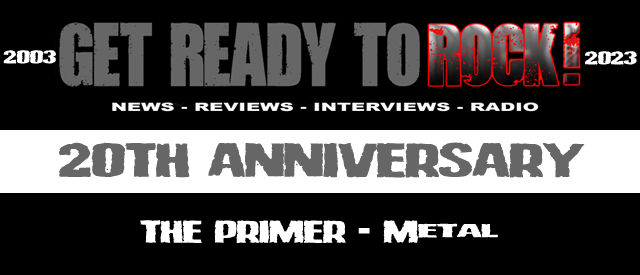


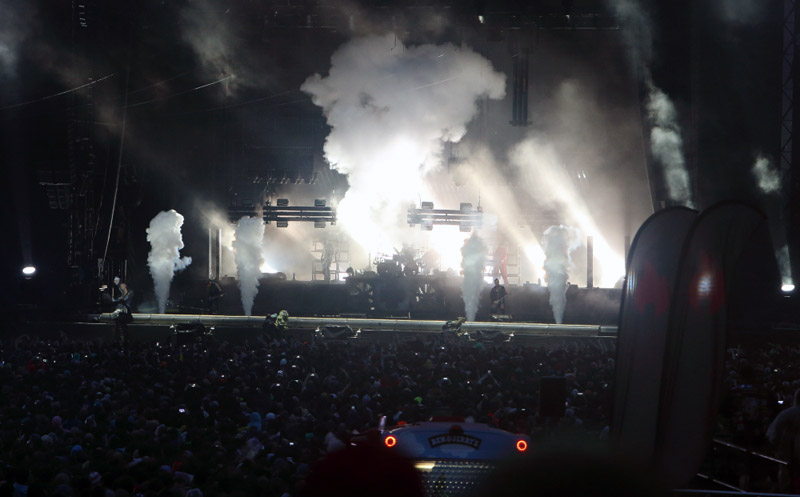

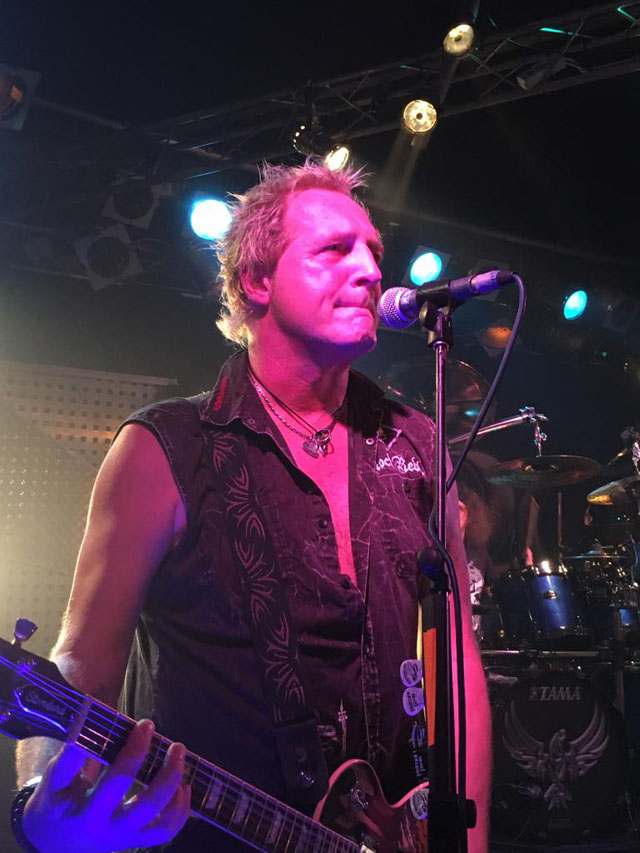
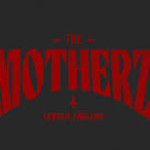
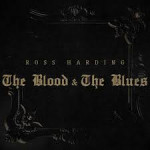




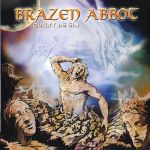








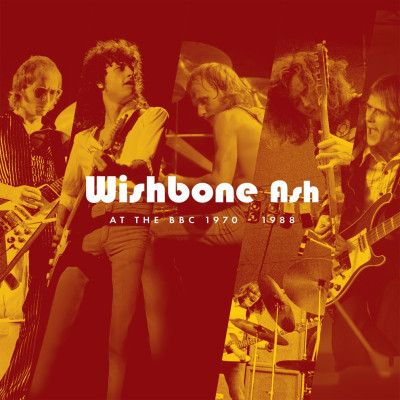









 PDF - you can delete unwanted sections
PDF - you can delete unwanted sections




















